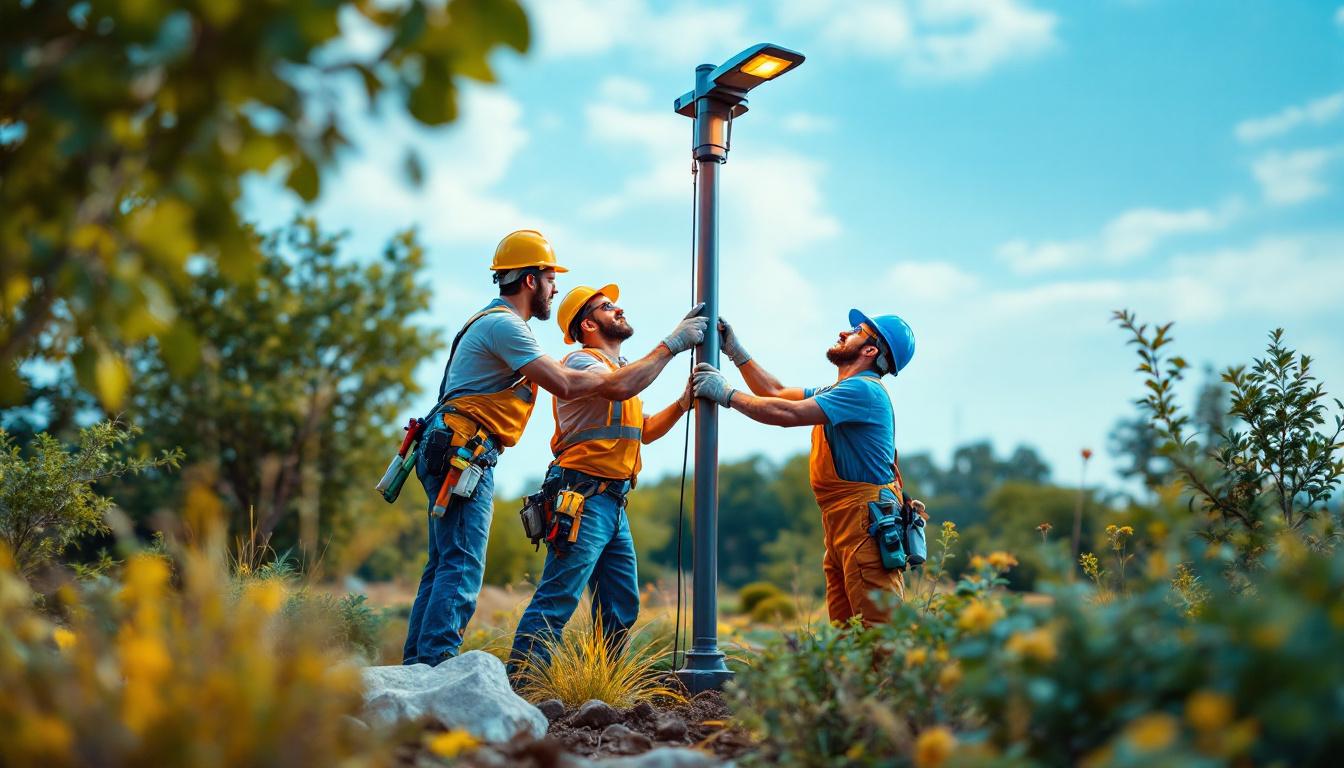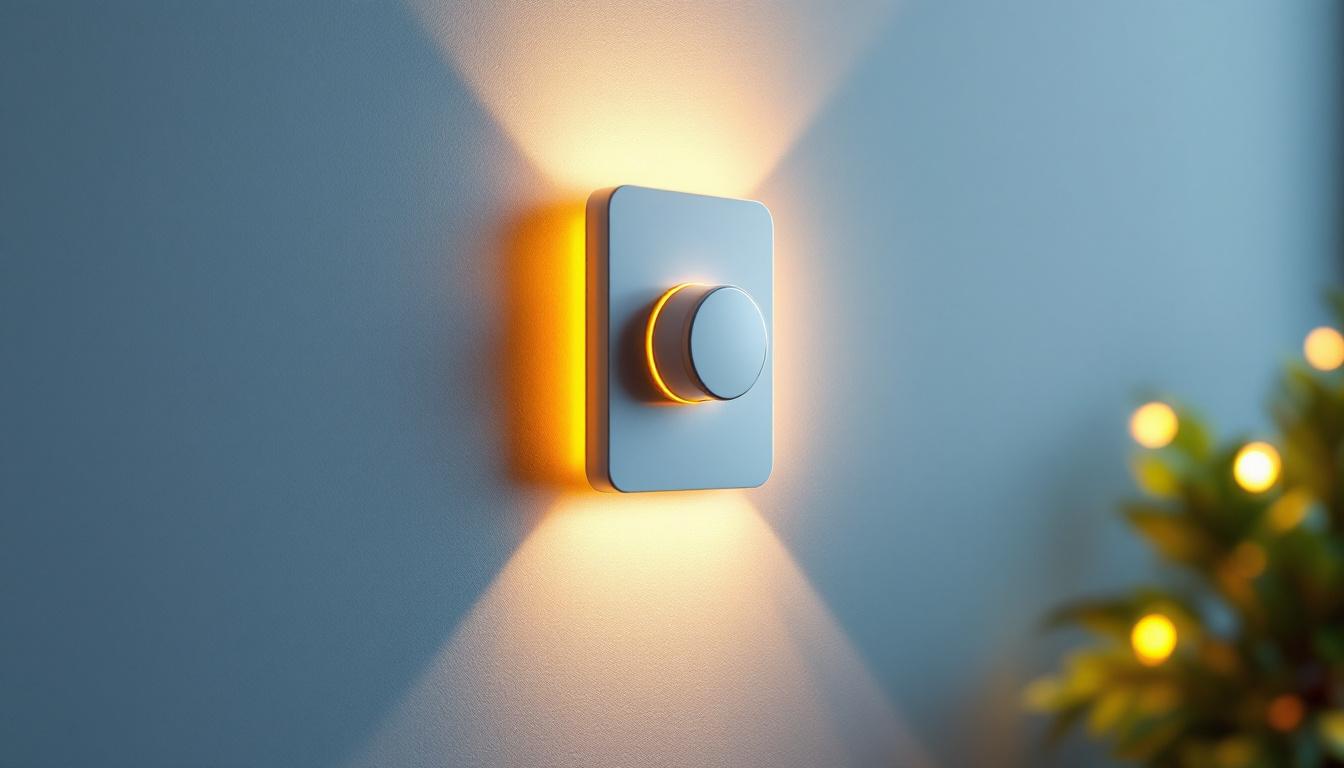
Post light poles are an essential component in outdoor lighting projects, providing both functional illumination and aesthetic appeal for residential, commercial, and public spaces. For lighting contractors, mastering the installation of post light poles is critical to ensuring safety, durability, and customer satisfaction. Equally important is the ability to train your team effectively, ensuring consistent quality and efficiency across all projects.
This article explores the key steps in installing post light poles and offers practical strategies for training your team in lighting installation. By focusing on best practices, safety protocols, and hands-on training techniques, contractors can elevate their team’s expertise and deliver superior lighting solutions.
When considering the installation of post light poles, it is vital to take into account the various types of lighting fixtures available, such as LED, solar, or traditional incandescent bulbs. Each type has its own set of advantages and considerations, including energy efficiency, maintenance requirements, and initial costs. For instance, LED lights are known for their longevity and lower energy consumption, making them a popular choice for both residential and commercial installations. Understanding these differences not only aids in selecting the right fixtures for specific projects but also equips your team with the knowledge to address client inquiries effectively.
Moreover, the location and height of the post light poles are crucial factors that can significantly impact the quality of illumination and the overall aesthetic of the space. Factors such as the purpose of the lighting, the surrounding landscape, and any local regulations should be carefully evaluated before installation. Training your team to assess these elements thoroughly will enhance their decision-making skills and lead to more successful project outcomes. Incorporating real-world scenarios and case studies into your training sessions can provide valuable insights and foster a deeper understanding of the complexities involved in post light pole installation.
Post light poles come in various materials, heights, and designs, each suited to different environments and lighting needs. Common materials include aluminum, steel, and fiberglass, chosen for their durability and resistance to weather conditions. For example, aluminum poles are lightweight and corrosion-resistant, making them ideal for coastal areas, while steel poles offer robust strength for high-traffic commercial zones. Fiberglass poles, on the other hand, are often used in environments where electrical insulation is necessary, providing an added layer of safety in areas prone to electrical hazards.
Understanding the specific application—whether for pathway lighting, parking lots, or decorative garden illumination—guides the selection of the appropriate pole type and lighting fixture. This foundational knowledge is crucial for both installers and trainers to ensure the right equipment is used for each project. Additionally, the aesthetic design of the poles can enhance the visual appeal of an area; decorative poles can serve as architectural elements that complement landscaping, while functional poles focus primarily on utility and efficiency. The choice of lighting technology, such as LED versus traditional incandescent bulbs, also plays a significant role in energy efficiency and maintenance costs, further influencing the decision-making process.
Before installation, conducting a thorough site assessment is vital. This includes evaluating ground conditions, identifying underground utilities, and determining optimal pole placement for effective lighting coverage. Uneven terrain or rocky soil may require specialized mounting solutions or additional groundwork. It’s also important to consider factors such as the surrounding environment, including trees or buildings that may cast shadows or obstruct light, which can affect the overall effectiveness of the lighting system.
Proper site preparation reduces the risk of installation errors and future maintenance issues. Training your team to perform detailed site assessments ensures that installations are both safe and compliant with local regulations and standards. Furthermore, incorporating technology such as GIS mapping can enhance the accuracy of site assessments, allowing for a more precise analysis of light distribution patterns and pole placement. This proactive approach not only streamlines the installation process but also ensures that the lighting system meets the specific needs of the area, providing optimal illumination while minimizing energy consumption and costs in the long run.
Successful installation begins with assembling the right tools and materials. Essential items include:
Ensuring all materials are on hand before starting minimizes downtime and keeps the installation process efficient.
The foundation hole must be dug to the correct depth and diameter, typically specified by the pole manufacturer or local codes. A common guideline is to bury at least 10% of the pole’s height plus an additional 2 feet for stability. For example, a 12-foot pole would require a hole approximately 3.2 feet deep.
Using an auger can speed up this process, but care must be taken to avoid damaging underground utilities. Marking the digging area and using utility detection services prior to excavation are essential safety steps.
Once the hole is prepared, the pole base or anchor bolts are set in place. Pouring concrete around the base stabilizes the pole and prevents shifting over time. The concrete should be mixed to the manufacturer’s specifications and allowed to cure fully, often for 24 to 48 hours, before proceeding.
During this phase, it’s important to ensure the pole is perfectly vertical using a level. Misalignment can lead to structural stress and uneven lighting distribution.
Electrical wiring is a critical and potentially hazardous part of the installation. Wiring should comply with the National Electrical Code (NEC) and local regulations. Typically, wiring runs through conduit buried underground to protect against moisture and physical damage.
Connections must be waterproof and secure. Installing a ground wire and ensuring proper grounding of the pole enhances safety and reduces the risk of electrical faults. Testing the circuit before final assembly confirms that the fixture operates correctly.
After the pole is securely anchored and wiring is complete, the light fixture can be mounted. This step requires careful handling to avoid damage to the fixture or bulb. Once installed, perform a final inspection to check for alignment, secure fastenings, and proper operation.
Documenting the installation with photos and notes can be useful for future maintenance and client records.
Effective team training begins with a structured program that covers both theoretical knowledge and practical skills. Key components include:
Incorporating a mix of classroom instruction, on-site demonstrations, and supervised installations ensures that team members gain confidence and competence.
Modern training programs benefit greatly from technology integration. Video tutorials, interactive modules, and virtual reality simulations can provide immersive learning experiences. For example, VR can simulate complex installation scenarios, allowing trainees to practice problem-solving without risk.
Additionally, mobile apps can be used for quick reference to installation manuals, wiring diagrams, and safety checklists while on the job, reinforcing learning and reducing errors.
Pairing less experienced installers with seasoned mentors fosters knowledge transfer and builds team cohesion. Mentors can provide real-time feedback, share best practices, and guide troubleshooting efforts.
Encouraging a culture of continuous improvement through regular training updates, safety briefings, and performance reviews helps maintain high standards. Keeping abreast of industry advancements and incorporating new techniques into training ensures your team remains competitive and proficient.
Safety is paramount in any electrical installation. Personal protective equipment (PPE) such as insulated gloves, safety glasses, and hard hats must be worn at all times. Training should emphasize the correct use of PPE and adherence to safe work practices, including lockout/tagout procedures when working with electrical systems.
Ensuring that all team members understand the risks of working with electricity and heavy equipment reduces accidents and liability.
Compliance with the National Electrical Code (NEC), Occupational Safety and Health Administration (OSHA) regulations, and local building codes is non-negotiable. These standards govern everything from wiring methods to grounding requirements and pole installation depths.
Regular audits and inspections can help identify potential compliance issues early, allowing corrective actions before they escalate into costly problems or safety hazards.
Unstable or rocky soil can complicate foundation digging and pole anchoring. Solutions include using deeper foundations, concrete footings with rebar reinforcement, or specialized mounting brackets designed for challenging terrains. Training your team to assess soil conditions and adapt installation methods accordingly is essential for long-term stability.
Improper wiring can lead to fixture failure or safety hazards. Common issues include moisture ingress, loose connections, and incorrect grounding. Emphasizing meticulous wiring practices during training, including the use of waterproof connectors and thorough testing, minimizes these problems.
Misaligned poles not only look unprofessional but can also affect lighting performance and structural integrity. Using laser levels and plumb bobs during installation helps achieve precise vertical alignment. Training installers to double-check alignment before concrete curing prevents costly rework.
Installing post light poles is a multifaceted task that demands technical knowledge, practical skills, and strict adherence to safety standards. For lighting contractors, investing in comprehensive team training is a strategic move that pays dividends in project quality, efficiency, and client satisfaction.
By combining a clear understanding of installation procedures with effective training programs and a strong safety culture, contractors can empower their teams to excel in lighting installation. This not only enhances the reputation of the business but also contributes to safer, more attractive outdoor environments for clients.
Ready to elevate your lighting projects with the best in class products? Look no further than LumenWholesale for all your post light pole needs. Our spec-grade lighting solutions promise unbeatable quality at wholesale prices, ensuring you can deliver excellence without the extra cost. Say goodbye to middleman markups and hello to a vast selection of industry-standard lighting that won’t let you down. Plus, with free shipping on bulk orders, you can stock up on superior lighting effortlessly. Make your next installation project a shining success with Wholesale Lighting at the Best Value from LumenWholesale.
Discover the essential facts about outdoor LED wall lights that every lighting contractor needs to know.

Discover expert tips and insights for lighting contractors on the Access Lighting Cobra 4 Light fixture.

Discover how to enhance your lighting experience with a light dimmer switch for LEDs.

Discover innovative tips and tricks for installing fluorescent bulbs efficiently.